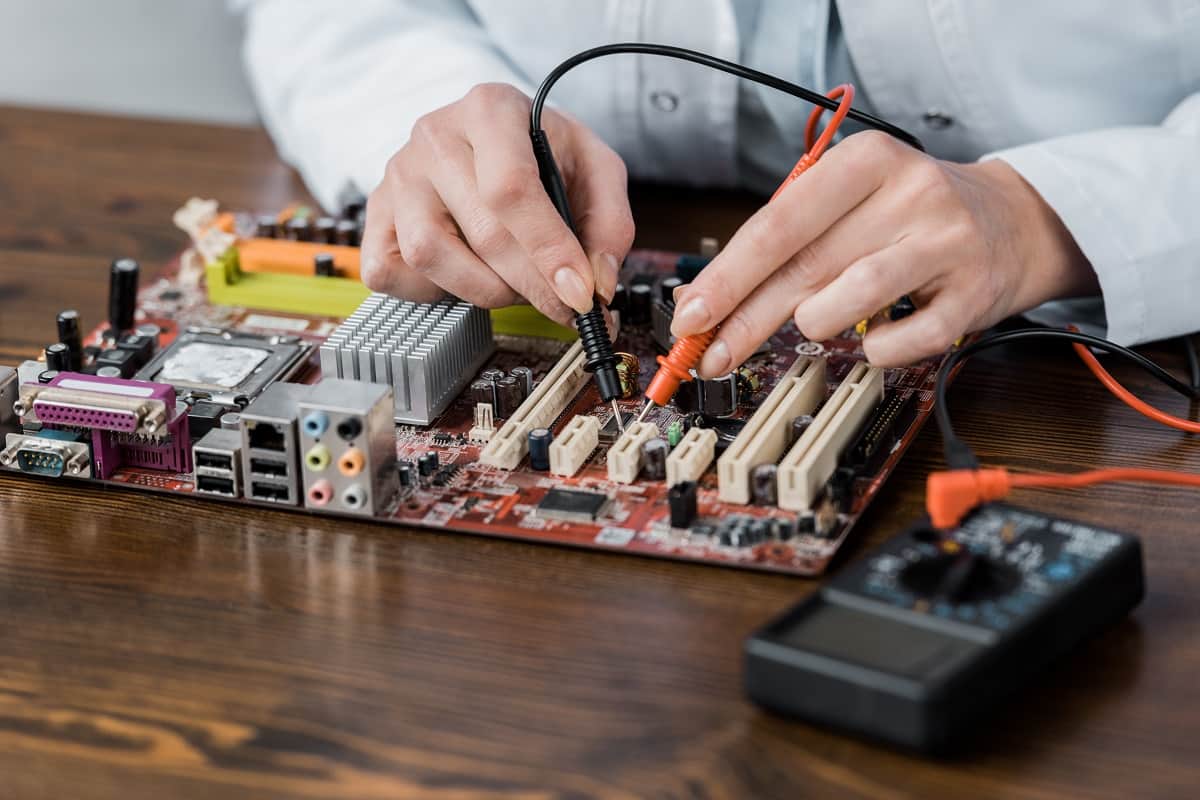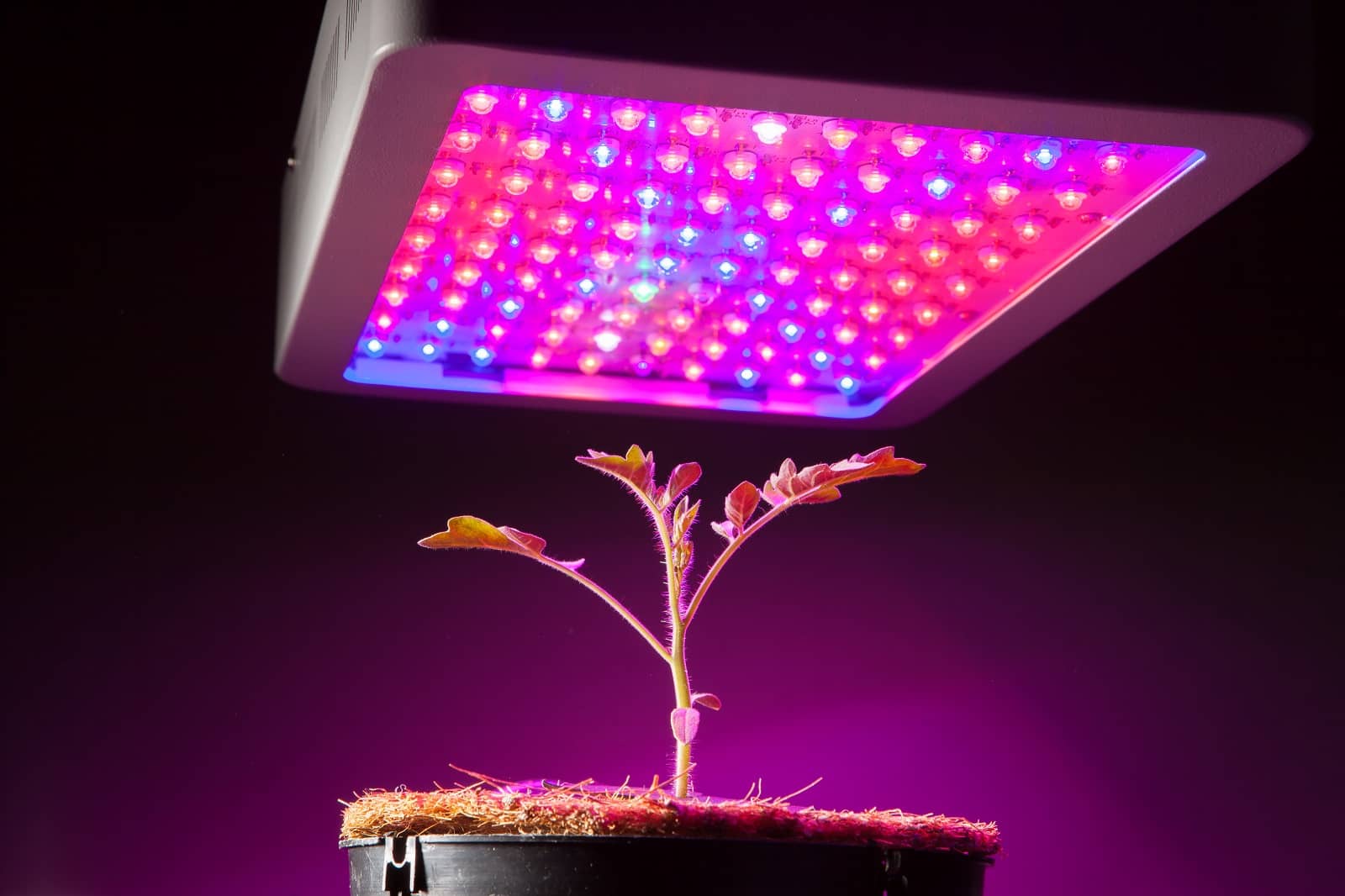The use of technology in kitchens in these modern times is inevitable, thanks to every benefit associated with it, which includes time-saving. Technology birthed the pressure cooker and it has become a valuable appliance in various homes. Have you just gifted a pressure cooker and you do not know how to operate it? Perhaps, you love to own one but you are reluctant because you might not know how to operate it.
Finally, you have gotten to the right place. Yes, this article will be putting you through on how to use a pressure cooker. It will also include how to use an electric pressure cooker. Regardless of how long you have been cooking with a pressure cooker, this article is still useful to you. You get to know if you have been handling it properly.
The best way to know how to use a pressure cooker is by knowing how it works first. Also, safety starts with knowing much about your appliances. Therefore, a short description of a pressure cooker would be a nice start.
Contents
What is a pressure cooker?
Pressure cooking before the 1960s was annoying due to the noise generated. The technology has suffered a great deal of reputation damage in years back due to a large amount of low-quality pressure cookers filling the market. This led to a lot of damages as the flawed cookers exploded or spoilt during use.
Fast forward to the modern-day, it has become less noisy, safer and even more efficient. The technology now uses a number of safety features including a pressure regulating vent, therefore, you do not need to be afraid. The pressure cooking technology comes in two variants, the stove-top, and electric pressure cooking.
DON’T MISS: Best ceramic cookware for effortless cooking
In pressure cooking, food is cooked using steam from a liquid (mostly water) in a designated vessel, the pressure pot. Not just an ordinary pot, the pressure pot is usually strong, and it is made from aluminum or stainless steel but the latter is stronger and long-lasting. The pressure cooker itself must be water-tight, air-tight vessel. The stove-top, as the name suggests, is used on a stove. Obviously, electric pressure cooking is powered by electricity. Notably, the stove-top cooking uses a pot but its electric counterpart incorporates a pot and its own built-in heat supply.
In a nutshell, pressure cooking involves boiling food materials under intense pressure. The pressure cooking technology allows you to cook faster, especially foods that would have taken a lot of time on your conventional cooker. It is ideal for cooking at a fast rate at the same time, preserving the minerals and vitamins that might be lost when using other cooking methods. If you are a lover of beans, the pressure cooker would be best for you. It can also be used to cook tough meat.
Food cooked using the appliance is generally ready at about one-third of the time it would have spent using the usual cooking. Cooking is naturally slower at high altitudes simply because the boiling point of water is lowered. The pressure cooker comes to the rescue here facilitating faster cooking even if you live at more than 6,000 feet above sea level.
How does the pressure cooker work?
The pressure cooker technology uses a simple working principle. It works perfectly when it is airtight, hence, the need for gaskets on the lids. The lids may, however, come with release valves to regulate internal pressure.
As the temperature increases and water in the pot begins to boil, pressure accumulates in the pot. Since the pot is airtight, steam is trapped inside and the temperature of the water increases so rapidly. The boiling point of water is 212 degrees Fahrenheit. However, the temperature of the water can reach up to 250 degrees Fahrenheit in the pressure pot.
Although not intense, a similar effect of the power of steam can be felt when you place your hand over boiling water. Steam covers a larger surface area and the increased pressure forces the steam to penetrate food better than boiling water. One can easily deduce that the higher the pressure, the higher the cooking rate. The overall result is faster cooking with an increase in energy savings.
How to use a pressure cooker?
The pressure cooker can be used to prepare many dishes and recipes especially those that longer time to prepare. Food such as beans, lentils, and meat can be prepared using the pressure cooker. You can use the device for boiling, steaming and braising food. To perform all this cooking, you need to purchase a high-quality cooker. Reputable brands include Buffalo, All-Clad, Presto, Kuhn Rikon, Secura, and T-fal.
When receiving your cooker, ensure there are no dents or cracks. Also, inspect the lid, valve and the gasket. Also, take your time to acquaint yourself with your appliance by reading the owner’s manual. If you are switching from one brand to another, it is important to note that every brand and size has some differences which you need to know. One major disadvantage of using the device is that there is no opportunity to taste or inspect what you are cooking. Also, there are safety precautions to observe when using the pressure cooker.
Pre-cooking
While you learn how to cook with a pressure cooker, you should also take safety precautions. Before cooking, you need to determine if your device is safe. Ensure there are food particles blocking the valve as it can prevent steam from escaping and more pressure build-up at the detriment of the cooker. Check for any cracks or dents. Examine the gaskets. A damaged gasket means the device has lost its airtightness.
After examining your device, be rest assure that you’re safe. The device comes with safety features which include the safety valve, which helps to prevent explosion as a result of an excessive build-up of pressure beyond the cooker’s capacity.
DON’T MISS: 5 Best hand mixers
Having explained this working principle of a pressure cooker, one would easily understand the importance of a liquid. Water, broth, wine and other liquids, except oils, can be used for cooking. However, small amounts of oil can be added into the cooking liquid for more flavor and browning.
A minimum of a ½ cup of the cooking liquid should be used if the cooking time is ten minutes or less. A minimum of two cups should be added if the cooking time exceeds 10 minutes. Put the food inside the cooker and add the specified amount of water needed. You have to ensure that the entire content of the cooker doesn’t exceed more than 2/3 of the cooker’s volume.
After putting the food and the liquid in the cooker, you should place the lid and lock it firmly. Locking the lid tightly is essential to building pressure in the cooker. The owner’s guide of your cooker should explain the locking mechanism. Once the lid is secured, you can now start cooking.
During cooking, it is important to secure the lid firmly. For the stove-top burner, place the cooker on your stove. Adjust the heat to a higher setting. The water should start boiling and steam should start building up in a few minutes. Pressure should start building on in the cooker. For electric pressure pots, program the cooking time.
The food should start cooking in a few minutes. For the jiggle top pressure cookers, the steam will start moving out from the vent. You can now put the safety valve on the nozzle. Newer pressure cookers come with markings to measure the internal pressure of the cooker.
When this is done, you need to run a countdown of the cooking session. You also have to maintain the pressure in the cooker. This can be done by reducing the heat supply. If more heat is supplied, the pressure will continue to increase till the safety valve comes open, resulting in reduced pressure and escape of steam which would have been put to work. You may skip this paragraph if you use an electric cooker.
Post-cooking
When the cooking time has elapsed, turn off the heat source and move it off the stove. If more heat is supplied, your food might end up getting excessively mashed. Some electric pressure cookers may automatically turn off themselves when the cooking session is over.
At this stage, NEVER ATTEMPT TO OPEN THE LID. It is very dangerous to do that. Instead, allow the pressure in the device to reduce. There are different ways to remove the pressure – the natural, quick and cold water method.
DON’T MISS: 5 Best garbage disposals
The natural method requires that you leave the cooker until the pressure decreases significantly. The quick method requires the use of a button for pressure release. For the cold water procedure, you have to put the cooker in water and run cold water over it in your sink. The latter is the fastest means to remove the pressure. Never use the cold method for your electric pressure cooker.
When the pressure is all gone, remove the lid and empty the cooker. This you can know when there is no more hissing when the valve is open. After using the device, clean and dry the device properly and store it. Cleaning is important as it can go a long way in prolonging the life of your gadget.
Conclusion
Thanks to technology, we can now cook our delicacies faster. To those not familiar with a pressure cooker, this article should answer the mind-boggling question, how do you use a pressure cooker?
Truly, modern generation pressure cookers are pretty safer than the older generation older ones but you need to always remember to take a safety-first approach. Don’t overlook cracks, dents or faulty gaskets. Also, never attempt to open the device when the pressure is high.
Jim Powell
Jim is our staff editor and writer. He has a degree in engineering. His hobbies are radio engineering and new technologies about which he has been writing for more than 7 years.



